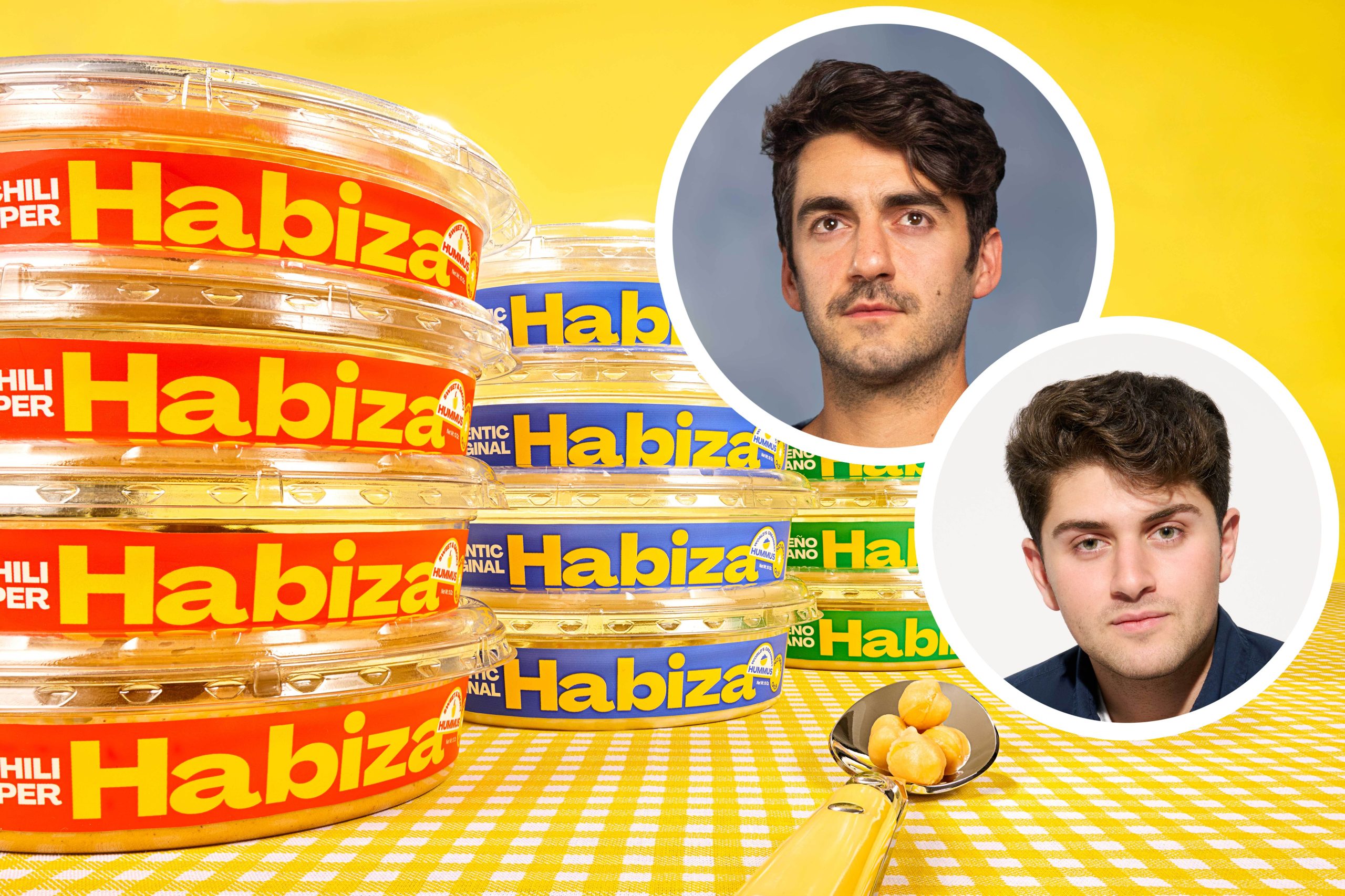‘Farm-to-Table’ Discussion: Do You Care Where Your Food Comes From?

Many chef-driven restaurants have embodied and valiantly promote a farm-to-table (or “farm-to-fork”) movement that involves producing and delivering local food to local consumers. Whether it be at a market level or via quick-service restaurants, the movement is often associated with organic farming initiatives and sustainable and community-supported agriculture.
Among other things, advocates argue their food tastes better and is better for you, citing a certain level of intimacy that’s unavoidable when you know exactly where your food came from and how it’s produced. Check out the infographic below by for a quick 101 (click for a larger image):
While doing little to hide its Pro-Agroecology slant, the infographic, courtesy of the Christensen Fund, does raise plenty of compelling arguments, including an increase in grassroot employment, a drastic decrease in pollution and an overall improvement in nutritional diversity and public health. But what it smartly leaves out is any reference to the costs not only to maintain such a system, but even to implement it in the first place — all of which begs the question of whether the efforts of the farm-to-table movement might just be too little, too late.
50 years after the release of Rachel Carson’s Silent Spring and 250+ years since the Industrial Revolution, our current Industrial Agricultural model has so completely enmeshed itself into the international food system, with financial straits and market trends offering producers and distributors little to no incentive to change.
As is the case with the Bacon-ocalypse, it seems as if the only (and, arguably, only loosely-feasible) way to inspire any effective advances would be for consumers to buckle down and sacrifice convenience, savings and in many views, “taste” in favor of an experimental model for which it may take years to reap any benefits, as bountiful as those benefits may be.
In this way, FTT advocates and critics find themselves navigating the same Catch-22 rhetoric as their global warming counterparts, asking people to change their ways now to maybe benefit their children later. Are consumers willing to pay a $1 to $3 premium, shop only on Saturdays and probably bump up their tax rates in order to ensure their dinners are pollution and chemical free? Would you?
It’s a hard stance to take, so we at Foodbeast are asking you. On a scale of ehh to why are you still asking?, how much do you care whether your bananas come from one or 50 miles away? And why?
[INFOGRAPHIC: by The Christensen Fund]
























